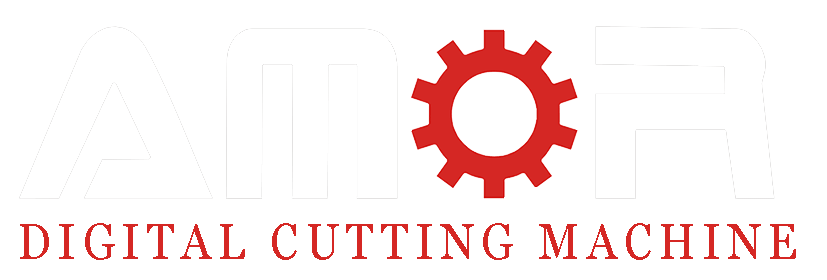How AMOR CNC Carton and Box Prototyping Machines Revolutionize Packaging Production

As packaging design constantly evolves to meet new product requirements, the life cycle of packaging solutions has become shorter, and even identical products may change in design within a short time. This shift has led carton and color box packaging companies to increase their prototyping speed to stay competitive.
AMOR CNC Gasket Cutting Machine: Precision Cutting for Graphite and Other Sealing Materials

Hello, I’m an AMOR CNC technical engineer, and I’d like to introduce you to our AMOR CNC Gasket Cutting Machine. This machine has been specially designed to meet the evolving demands of the gasket industry. Traditionally, manufacturing custom gaskets required molds, which is both time-consuming and costly. Our gasket cutting machine eliminates the need for molds, making it ideal for small-batch production and rapid prototyping. With our machine, you can skip the mold-making phase and cut sealing gaskets directly into their final shape, optimizing production speed and cutting costs.
AMOR CNC Leather Cutting Machine: Empowering Intelligent Cutting Solutions for Leather Manufacturing
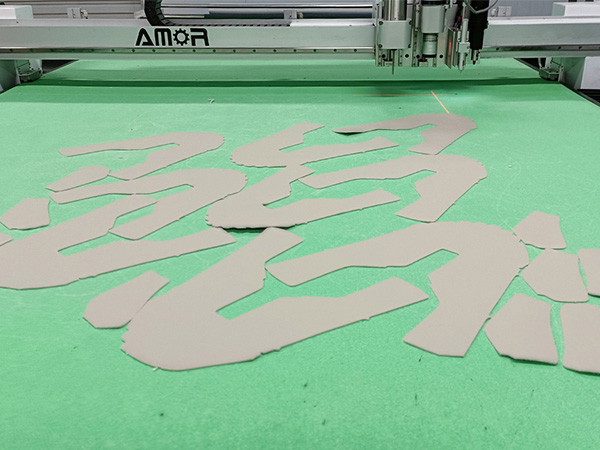
AMOR CNC is dedicated to advancing intelligent cutting technology for flexible materials, providing professional, comprehensive solutions for traditional manufacturing industries transitioning toward digitalization. Our leather-cutting machine solutions aim to accelerate the digitization of leather-cutting processes, ultimately enhancing production efficiency, reducing costs, and transforming how leather is cut from manual methods to intelligent machine-based systems.
How to Produce Pre-insulated Phenolic Foam Duct with CNC Cutting Machine
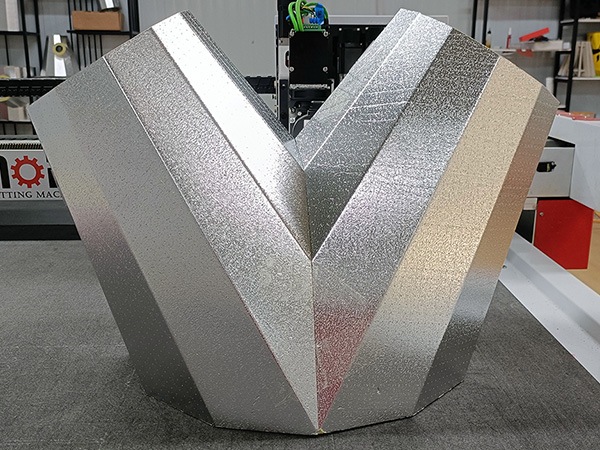
Phenolic foam air ducts are key components in HVAC systems due to their superior insulation and fire-resistant properties. To meet the growing demands for precision and efficiency in production, AMOR CNC oscillating knife cutting machines offer a highly effective solution. In this article, we’ll explore how to use these machines, along with specialized software, to produce phenolic foam air ducts with ease.
What is the Difference Between SP3 and SP5 Operation Numbers for V-grooving

When using an oscillating knife cutting machine to cut and groove polyester fiber sound-absorbing panels, it’s essential to assign the correct SP operation numbers for different tools. Two common operation numbers for the V-grooving tool are SP3 and SP5. This article explains the key differences between these two operation numbers and how to use them effectively.
How to Resolve Inconsistent Groove Depth When Using V-Grooving Tools
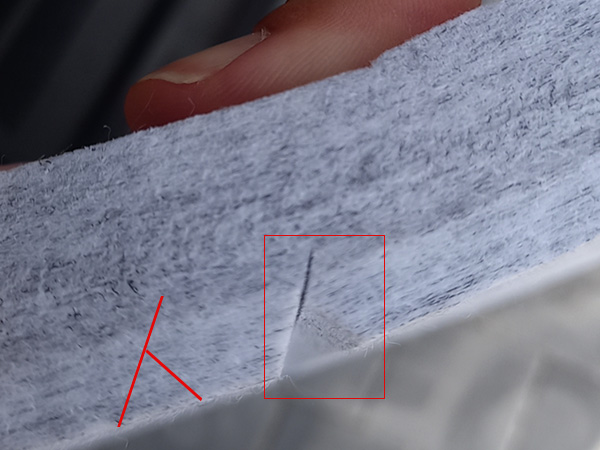
One common issue that can arise when using a V-grooving tool is finding that one groove line is deeper, while the other is shallower. This problem typically occurs because the starting and ending points of the groove are not aligned on the same horizontal line. In this article, we will explain how to identify the cause of the issue and provide a step-by-step guide to adjusting compensation data to achieve uniform groove depth.
How to Resolve the Problem of Intersecting Grooves in Polyester Fiber Acoustic Panels
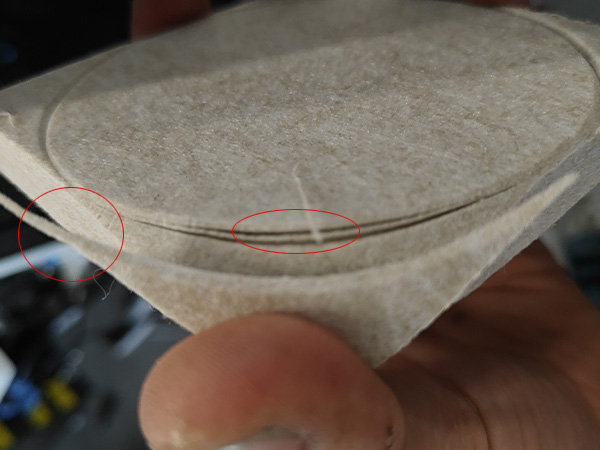
One of our customers recently encountered a problem while using an oscillating knife cutting machine to groove polyester fiber sound-absorbing panels: two grooves formed an intersection, leading to over-cutting at the groove junction. This article explains the root cause of the issue and provides step-by-step instructions on how to resolve it effectively.
How to Correctly Install and Use V-Grooving Tools–Installing the Blade and Tool
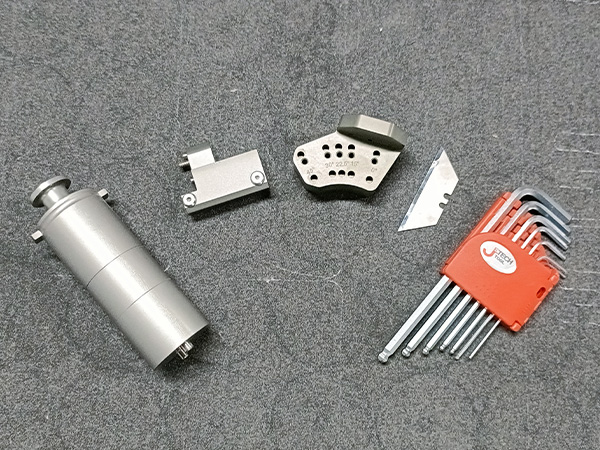
V-grooving tools are essential for achieving precise grooves in various materials. This article aims to guide customers on the correct installation and usage of these tools, ensuring optimal performance and results.
Case Study: How To Achieve Perfect Grooving for PET Acoustic Panels
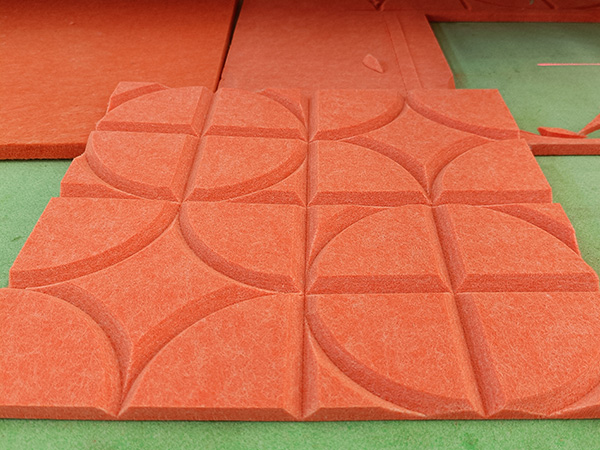
This case study will explore the detailed process of creating a polyester fiber acoustic panel using an AMOR CNC oscillating knife cutting machine. The sample includes straight and curved grooving operations, followed by precise cutting. This example demonstrates how our CNC cutting machine can efficiently handle complex designs and streamline production.
Enhancing Precision and Versatility with AMOR CNC Knife Cutting Machines

AMOR CNC knife cutting machines are the epitome of precision and versatility in modern manufacturing environments. Engineered to handle a diverse array of materials, these machines incorporate advanced cutting technologies such as oscillating knives, tangential knives, drag knives, and router bits. This enables them to perform high-precision cuts on both flexible and semi-rigid materials without transferring heat, ensuring clean and accurate cuts without damage to the material surface.

